What Hi-Fi? Verdict
It is possible to buy a better PMP than this, but not without spending an awful lot more money
Pros
- +
Articulate, weighty and subtle sound
- +
Great UI
- +
Extensive functionality
Cons
- -
Could sound even broader
Why you can trust What Hi-Fi?
For over a dozen years now, digital audio obsessive FiiO has been living a bit of a double life. In its native China and throughout Asia, the brand is acknowledged as one of the frontrunners in portable digital audio players and their peripheries. Here, though, FiiO is much more of an underground success, a kind of hipster alternative to all those gauche Apple and Sony PMPs.
FiiO's M-series of portable players could be the products to help ease the brand into the mainstream. In particular, the M11 (£450, $459, AU$699) is widely regarded as the one of the best music players around at its price.
But now there’s this, the FiiO M11 Pro. Can it build on the M11’s success and add to its cachet? Or has FiiO simply affixed a ‘Pro’ logo to its best-selling player and hoped for the best?
Build
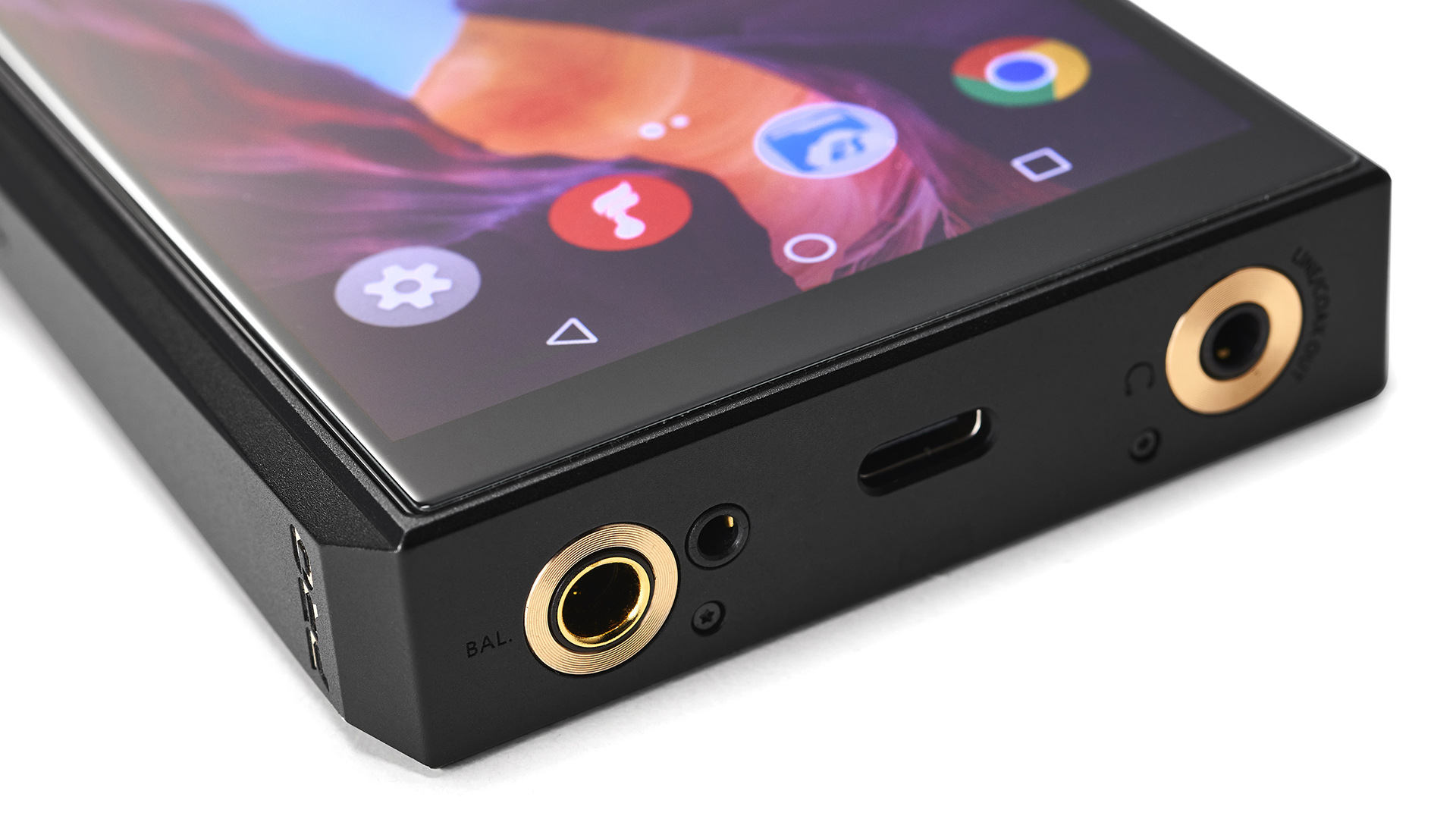
At what point does a portable media player’s size tip over from ‘significant’ to ‘chunky’? The extra 2mm of depth the FiiO M11 Pro has gained over its sibling might make the difference.
Standing 13cm tall and 17mm thick, the M11 Pro is a substantial device, and at 232g it’s no featherweight either. Fortunately, these generous numbers are offset by the quality of materials and the absolutely impeccable way it’s all put together.
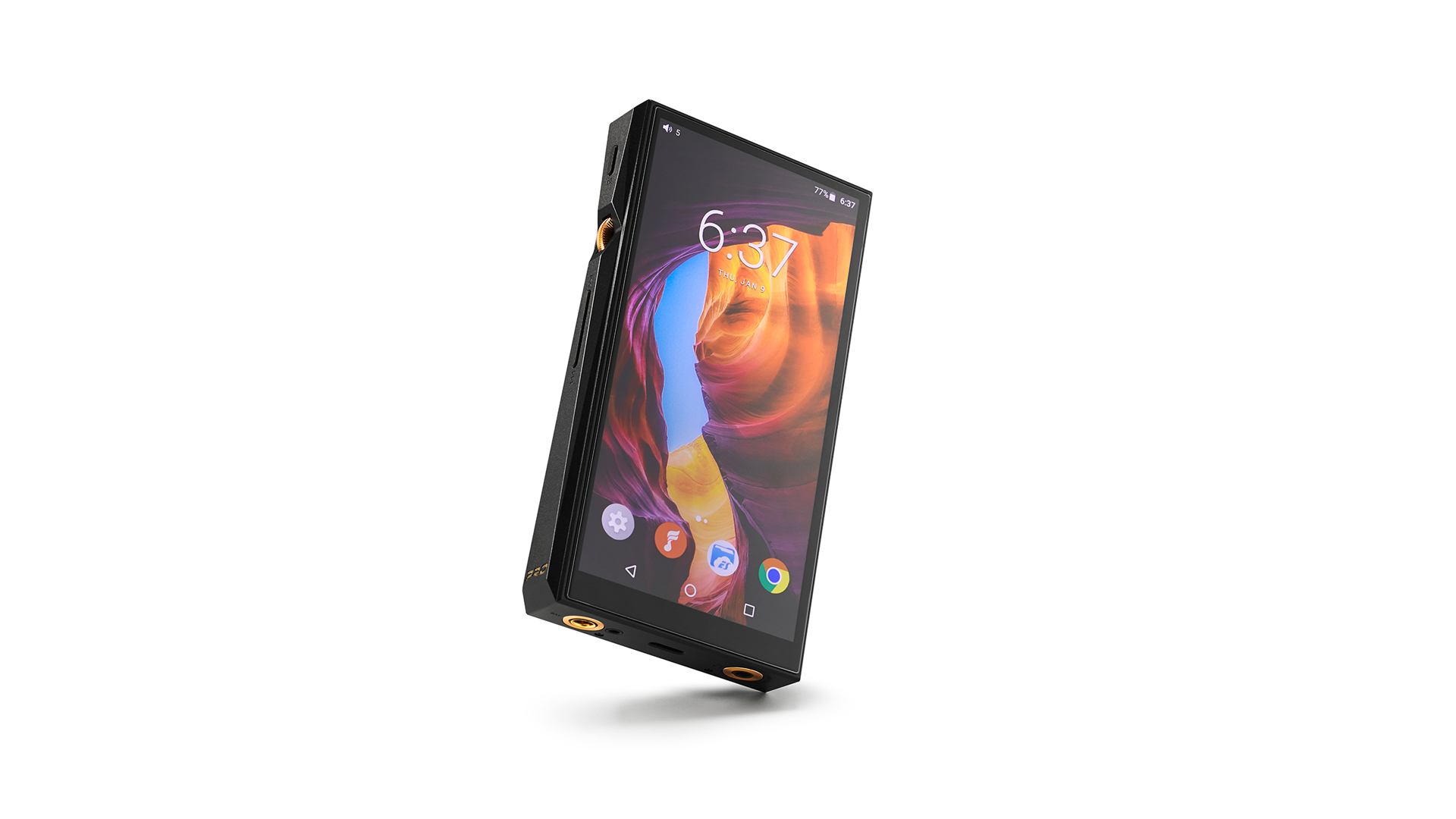
Display 5.15in
Resolution 1440 x 720 resolution (312ppi)
Storage 64Gb
Battery life Up to 9.5 hrs
Frequency response 5Hz to 85kHz
Dimensions (hwd) 13 x 7 x 1.7cm
Weight 232g
This is an Android-based player, and thanks to the big 5.2in edge-to-edge touch-screen with 1440 x 720 resolution, it’s a pleasure to operate. The screen is bright, detailed and responsive, and fits flush against the M11 Pro's aluminium wrapping. The use of Gorilla glass on both the front and the back of the player helps tactility no end – the FiiO feels more like a premium, oversized smartphone than a music player.
At the bottom of the M11 Pro, there are three headphone sockets (a 3.5mm analogue output that can be switched to digital coaxial, balanced 2.5mm and balanced 4.4mm) – which goes some way to explaining that ‘Pro’ nomenclature. Here’s also where you find a USB C socket for charging, data transfer and so on – the M11 Pro can be used as a USB-DAC using this socket too.
The latest hi-fi, home cinema and tech news, reviews, buying advice and deals, direct to your inbox.
The battery is a big 4730mHa device that can be charged from flat in under 2.5 hours. Despite its size, though, the FiiO can only manage just shy of 10 hours playback from a single charge.
On the left are small controls for ‘play/pause’ and ‘skip forwards/backwards’, below an extruded volume wheel. This is a nice touch, but it takes too much dialling to make worthwhile volume adjustments – we’re all for subtlety of control, but we don’t have all day to turn the volume up or down. On the top is a power button embedded in a tell-tale light, and on the right there’s a microSD card slot.
Features
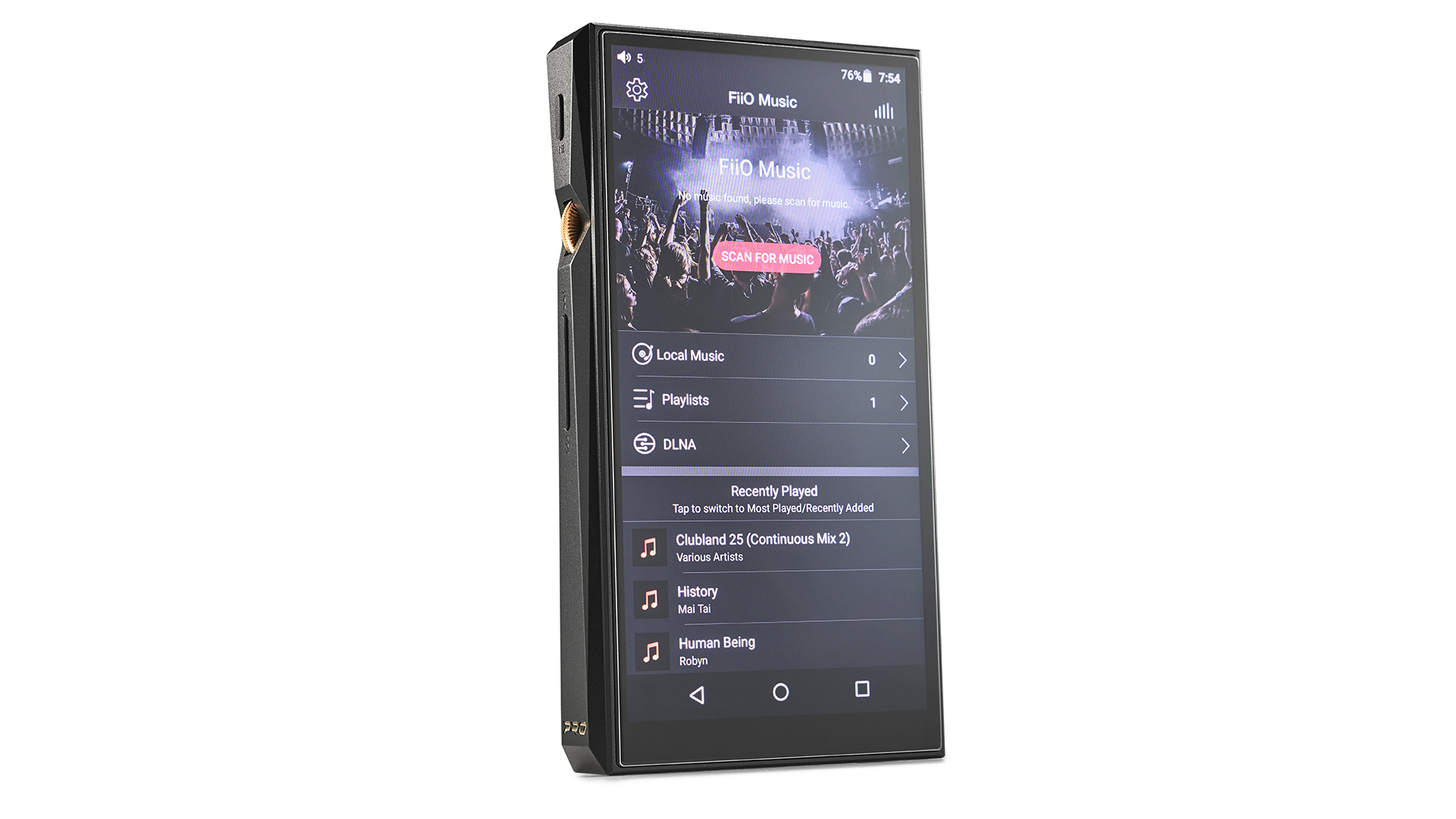
FiiO has gone all-out to justify that ‘Pro’ tag with its features. The M11 Pro is tricked out with twin AK4497EQ DACs from AKM, arranged in a dual-mono set-up, and THX AAA amplification. It follows that all digital audio files types are catered for, up to the FiiO's native 32-bit/384kHz resolution, and even the most demanding headphones should present no significant problems.
Bluetooth connectivity is equally wide-ranging, with aptX HD and LDAC as the headline-grabbers. Apple AirPlay and DLNA connectivity is available too, and the M11 Pro’s dual-band wi-fi allies with the Android interface to allow rapid downloading and installation of any of the planet’s many streaming services.
The FiiO doesn’t have Google Play Store support, though, so to download apps such as Spotify or Tidal, you’ll do so via the APK Pure portal. It’s initially baffling, but proves easy enough to get to grips with.
Internal storage is a useful 64GB, and the microSD slot can accept cards of up to 2TB. It’s possible to install any music player you fancy, of course, but the company’s own FiiO Music app proves stable, responsive and sounds good.
The user interface is pleasant to use and slick in operation. It’s possible to make your M11 Pro your own in all sorts of Android-assisted ways, and investigating the extensive set-up menus is rendered painless thanks to the touch-screen’s speed and accuracy. And, of course, being able to download the Tidal app to listen to those MQA-powered Masters streams is almost essential.
The FiiO does, of course, have audiophile pretensions beyond its fancy-pants technical specification. The ‘Pure Music’ setting, for example, allows only the FiiO Music app to run. And the ‘All to DSD’ setting, unsurprisingly, takes all PCM audio files and converts them to DSD before amplifying them. This has an almost entirely positive effect on the sound the M11 Pro makes, but a terribly deleterious effect on battery life.
Sound
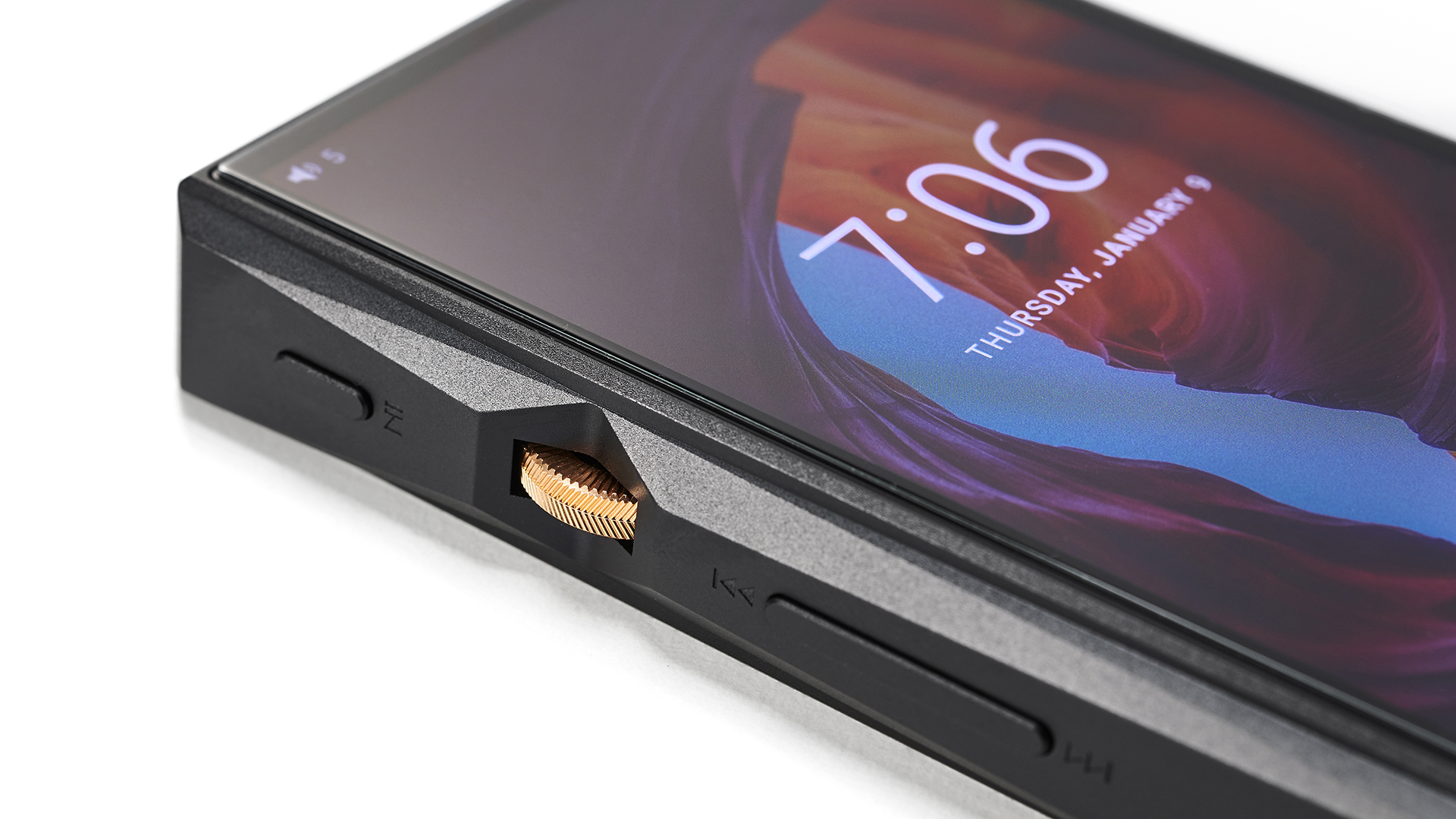
We start with the one aspect of the M11 Pro’s audio performance that we’re not entirely sold on – for no other reason than everything else it does, it does really well.
There’s absolutely nothing wrong with the way the FiiO describes a soundstage – in terms of locking instruments in position, allowing them elbow room relative to all the other instruments yet making sure they are all integrated into a unified performance, the M11 Pro is as good as anything at this money and better than most. It’s just that its soundstage isn’t quite as expansive as some rival players can generate. It’s far from cramped, of course, and there’s breathing room on there, but it’s not quite what you’d describe as a ‘widescreen’ sound.
That’s it for gripes, though. From here on out it’s positives all the way.
Set a 24-bit/96kHz file of Watsky’s x Infinity playing from the FiiO's integrated memory, and it’s a thrillingly rapid and uncluttered listen. It doesn’t force anything unduly, but the M11 Pro is impressively prompt where tempos and overall rhythm management is concerned – so the square-edged 4/4 beats carry authentic momentum but don’t ever threaten to run away with themselves.
This alacrity is not at the expense of weight, either – during Janelle Monae’s Make Me Feel the combination of pace, drive and substance makes the song sound unshakably anchored and yet as light as air at the same time.
Definition is deeply impressive too, the FiiO extracting every shred of detail and making its role in the overall sound obvious. A recording such as Thom Yorke’s Runwayaway (24-bit/44.1kHz) is a deal more complex than it at first appears, but the M11 Pro lays the song out for inspection without being in any way dispassionate. The player’s ability to exert low-frequency control, to shape and texture bass sounds so they’re completely convincing, only adds to the impression of unfussy precision.
Both recordings enjoy plenty of space in the midrange for the singers to do their thing. Detail levels are sky-high, so any nuance in the vocal is passed on to the listener, and the little harmonic discrepancies aren’t glossed over either. The FiiO M11 Pro is an engaging and energetic listen, but its powers of analysis contribute no end to its overall presentation.
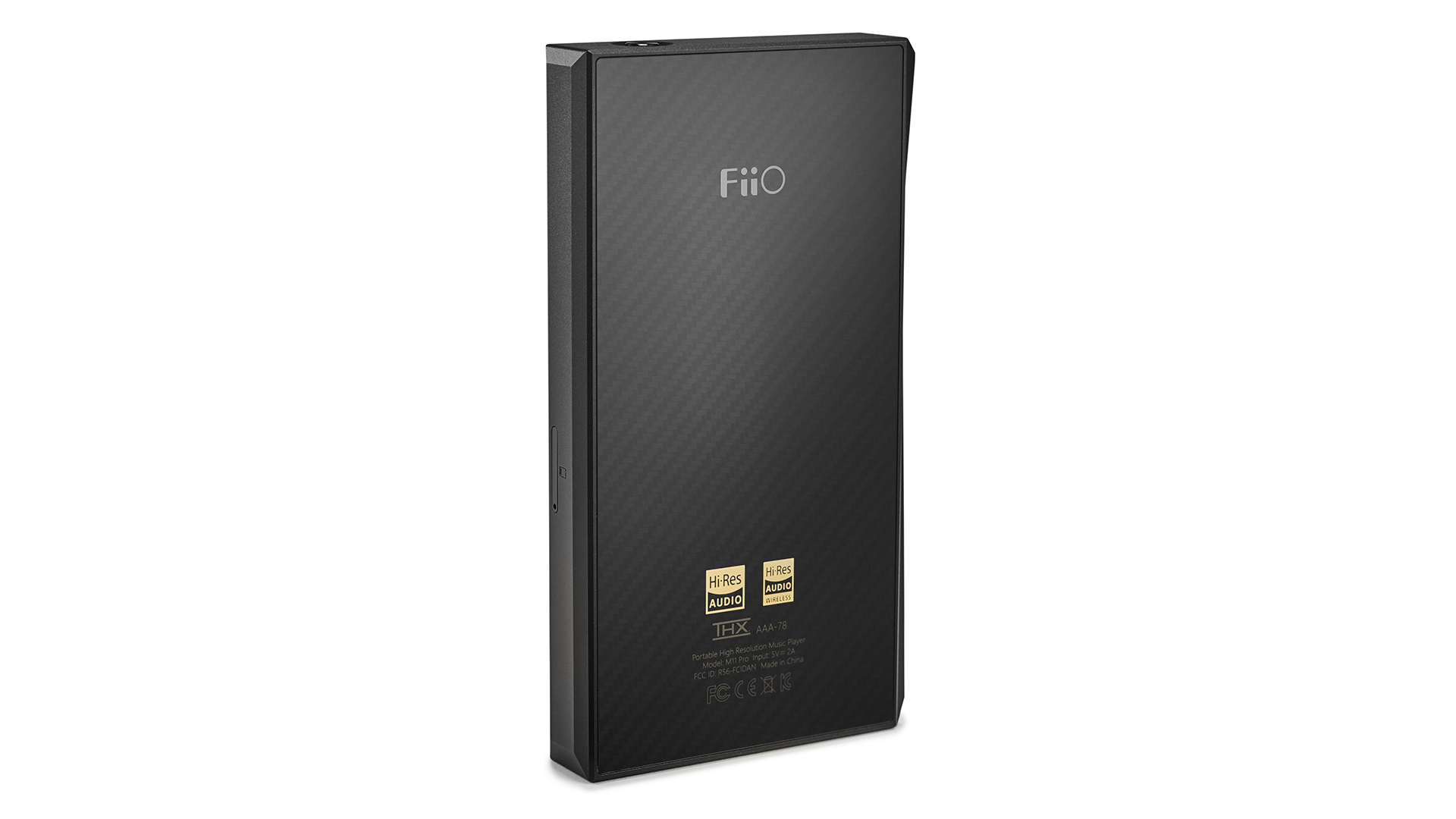
The top of the frequency range is equally well realised, with plenty of attack and substance to go with the bright textures. The sweep from the bottom of the frequency range to the top is smooth and even, with no undue emphasis apparent. And it’s a similar story where dynamics, both big and small, are concerned – the FiiO sounds controlled, poised, convincing and completely sympathetic to whatever sort of music you care to play.
Switching on ‘All to DSD’ serves to widen out that slightly small-scale soundstage (which is good), but it’s at the expense of a little of the M11 Pro’s exquisite timing (not so good). It also eats into battery life noticeably, so we’d leave it alone. The FiiO is such an enjoyable, informative and periodically captivating listen without this algorithm engaged, it hardly seems worth it.
Verdict
It may seem counterintuitive to pay premium smartphone money for a far more limited device, but just a few minutes in the company of the FiiO M11 Pro (along with some similarly talented headphones) will make it seem like money well spent.
SCORES
- Sound 5
- Features 5
- Build 5
MORE:
Best portable music players 2020
Astell & Kern A&norma SR15 review
What Hi-Fi?, founded in 1976, is the world's leading independent guide to buying and owning hi-fi and home entertainment products. Our comprehensive tests help you buy the very best for your money, with our advice sections giving you step-by-step information on how to get even more from your music and movies. Everything is tested by our dedicated team of in-house reviewers in our custom-built test rooms in London, Reading and Bath. Our coveted five-star rating and Awards are recognised all over the world as the ultimate seal of approval, so you can buy with absolute confidence.

